What is the bison´s future in Europe?
European bisons or wisents (Bison bonasus) are some of the most iconic and largest herbivores that ever inhabitated Europe. In prehistoric times, they roamed open grasslands and forests in large numbers everywhere from Central Asia to the Iberian peninsula. But just like most other megafauna in Europe, they eventually fell victim to human population growth and associated land change. Their decline already began before the Roman Empire, but until the middle ages, they were still common from Latvia and Sweden to Bulgaria and from the Caucasus and the Ukraine to France. Over the following centuries, they went extinct in 99% of Europe and even the remaining populations were at the edge of collapsing. Nevertheless, the beauty and impressiveness of these gentle giants always gave them widespread cultural relevance and popularity, wherever they were present. So, after humans brought the species close to extinction, they made efforts to restore it very early on. The first European Society for Bison protection was created in the 1920s and a Europe-wide breeding system was established. They also started first reintroduction projects across Europe.
Please also read: Can the moose reclaim Central Europe?
But the second world war annihilated all efforts. After its end, the whole species consisted of a handful of animals in Bialowieza forest, Poland. Luckily, Polish conservationists and authorities recognized the significance of these animals from the start and the population successfully grew to over 2000 animals. Since then, a minute breeding system and register have been established in Europe and bisons exist again in many European countries. However, especially in Western Europe, most bisons live in captivity. While the species trend is positive and most populations grow, reintroducing bisons back into the wild has proven a challenge in many places.

East-West divide
In Central Europe, reintroduction has been rathersuccessful. The largest population with over 1000 animals still exists in Bialowieza. But there are over 2000 free-roaming bisons in Poland now, split into seven populations. Further east, in Belarus and Russia, several populations have also established again. There are also large herds living again in the Carpathians – in Slovakia, Ukraine, Romania and Bulgaria. Unfortunately, these are all still separate populations with no exchange or interaction between them. They are the result of reintroduction projects and natural dispersal is still rare. Other than the wolf or brown bear, which are reclaiming Europe without any human intervention, bisons to do not roam hundreds of kilometers in the search for a mating partner or a new territory. One of the few signs of dispersal of bisons was a bison that wandered from Poland to Germany. After its first sighting, it was shot within days.
In Western Europe, the groups of bisons are much smaller and spread out. There are ‘wild’ herds in Germany, France, Spain and the Netherlands. And other countries want to follow. A reintroduction project is underway in Switzerland and there is even a project to introduce bison in England, not too far from the biggest metropolis of Europe, London. While the steppe bison was present in England until the Holocene, the Euroopean bison never populted the island. The breeding success of most of these projects is remarkable. The herds are growing each year, but the projects are much fewer and smaller than in Central Europe. The ‘wildness’ of these herds is also debatable. Many of them live in confined areas, some even with fencing and additional feeding.
Challenges for the bison in Europe
So what is the reason? Is our modern landscape unsuitable for bisons to survive without human support? No. Bisons have been reintroduced to forests, grasslands and dunes. The populations are healthy and growing in all of these places. Scientific evidence shows that even though the European bison only survived in forests, its natural habitat is open grassland, just like its American relative´s. But it does not rely on an already open area, it can create its own habitat. In many reintroduction areas, the bisons hold areas opened up by logging, windfall or fire open and thus create the grassland they need. So, is the problem inbreeding – after all, the whole extant species decents from a few individuals? Again, no. It is true that the gene pool is very small. But the breeding system for the European bison is one of the most elaborate and detailed in the world. Different individuals are specifically paired to increase genetic variation and individuals are exchanged all over Europe to bring ‘fresh blood’ to herds.
Other factors play a role. Unlike wolfs or brown bears, which are reclaiming Europe without any human intervention, bisons to do not roam hundreds of kilometers in the search for a mating partner or a new territory. And if they do, they are not quite as elusive. They are also not protected like these two species. While they are protected in the EU under the Habitat Directive, there is no international protection of the bison.
As so often, the main challenge is human acceptance. Especially the Western European projects are often the passion of single persons on their own land. And neighbours might not like the idea of one-ton-animals so close to their land. The project in Switzerland has been delayed for several years because over 30 residents had raised a legal complaint. In the case of the only free-roaming herd in Germany, its breeding success might actually be its downfall. With the herd growing, the animals naturally roam further to forage and leave the intended reintroduction area. In reaction, the population must be controlled by culling. But this is not enough for some neighbouring forest owners. They demand to fence the population and started a lawsuit to enforce this demand. In the Netherlands, an intitiative of citizens is fighting against the bisons. And a few years ago, a bison was even decapitated in Spain.
The easy response to all of these problems is that there is just not enough space in Western Europe for such a big animal. That a Western European will always have to go to Eastern or Northern Europe to see large herbivores. This is the same reflex that many people had to the return of the wolf. But the wolf dispersal in Western Europe proves that this answer is too simple. Just because we forgot how to coexist with a species, it does not mean that a peaceful coexistence is no longer possible. Wolves spread in densely populated areas and come close to settlements, but with proper livestock protection, incidents rarely occur. And while three wild bisons seem to be to many for some people, deer and wild boars are roaming our forests in the millions. Even though they are doing serious damages to our forests, their numbers are kept artificially high to hunt them.
What does the future hold?
Continued should be the process of reintroduction and re-establishment of free-ranging populations into portions of the historical range. It is necessary to link isolated populations in a natural way or stimulate transfers of individuals from one herd to another.

While the population of the European bison shows a positive trend, it is still highly fragile. Because they all descent from a handful of animals, the gene pool is dangerously small. Its disastreous consequences can only be controlled through targeted and highly managed breeding. And it makes them vulnerbale to diseases, which can easily wipe out a whole isolated herd. Poaching is also an important topic. Many herds live in remote border areas, where the authorities have few control. The best way to tackle these issues is to create large connected populations, which allows gene flow and creates more refuges. It is great ot see that bisons are reappearing across Europe, but for the next step forward in the restoration process, we have to move from free-roaming herds in a restricted area to real wild herds.

As cave paintings prove, bisons have an expectional status for humans for millenia. And this admiration never went to away, which the intense reintroduction attempts prove. For many Europeans, this animal still stands for strength, pride and Wilderness. The bison has proved that it is capable of returning, if we let it. But we have to accept that there are inconviences attached to its return. If we do that, we can move from a few small herds in fenced areas to these impressive giants roaming the plains and forests of many European countries once again.

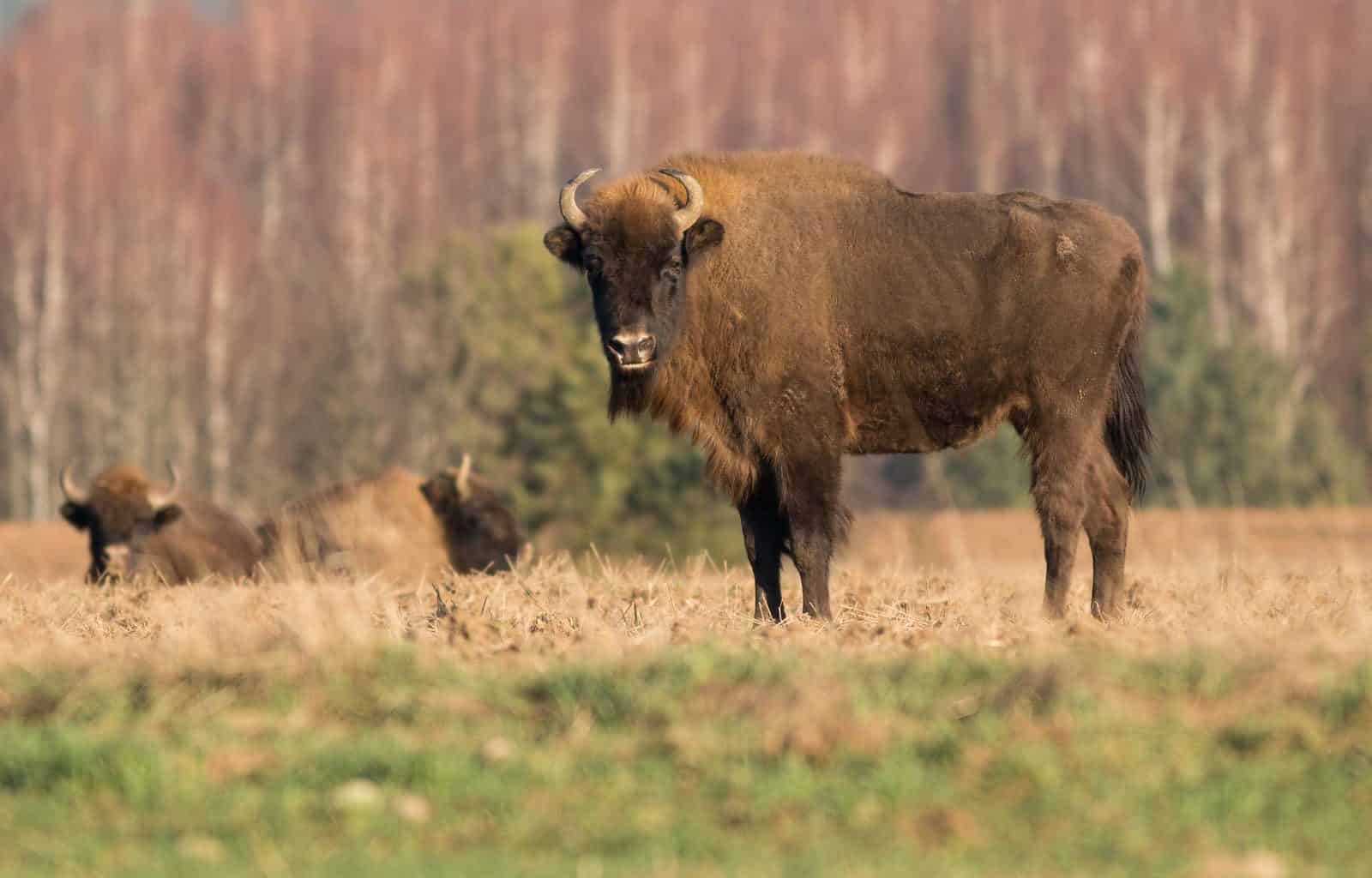
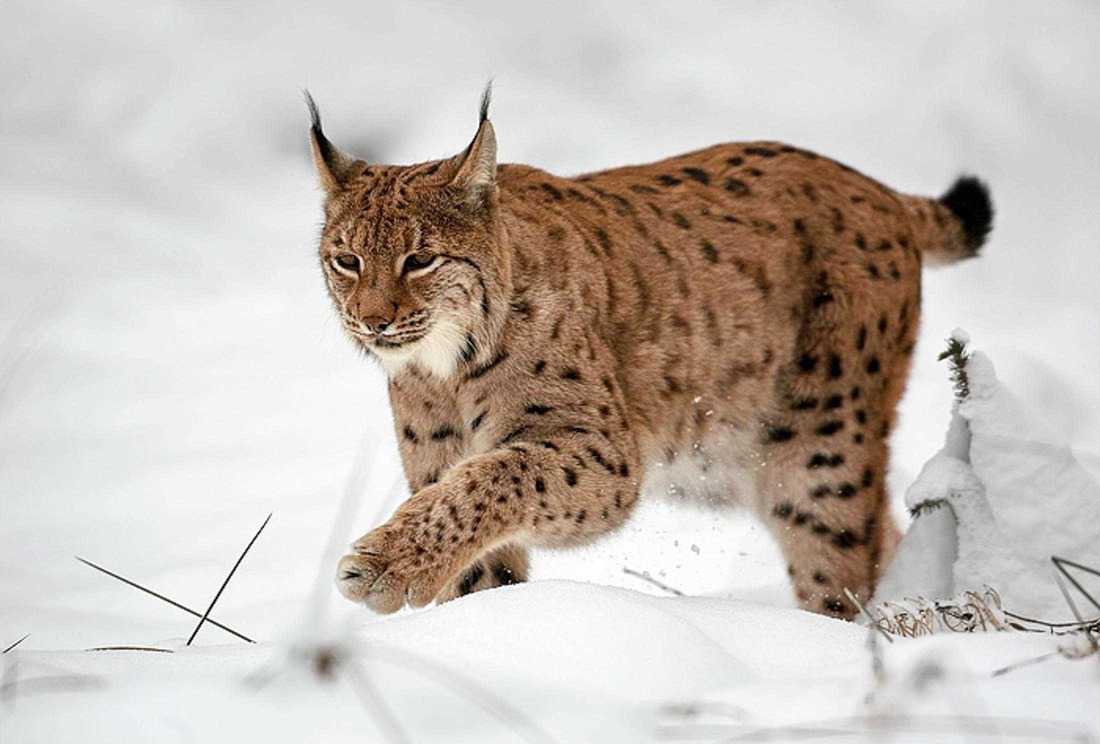
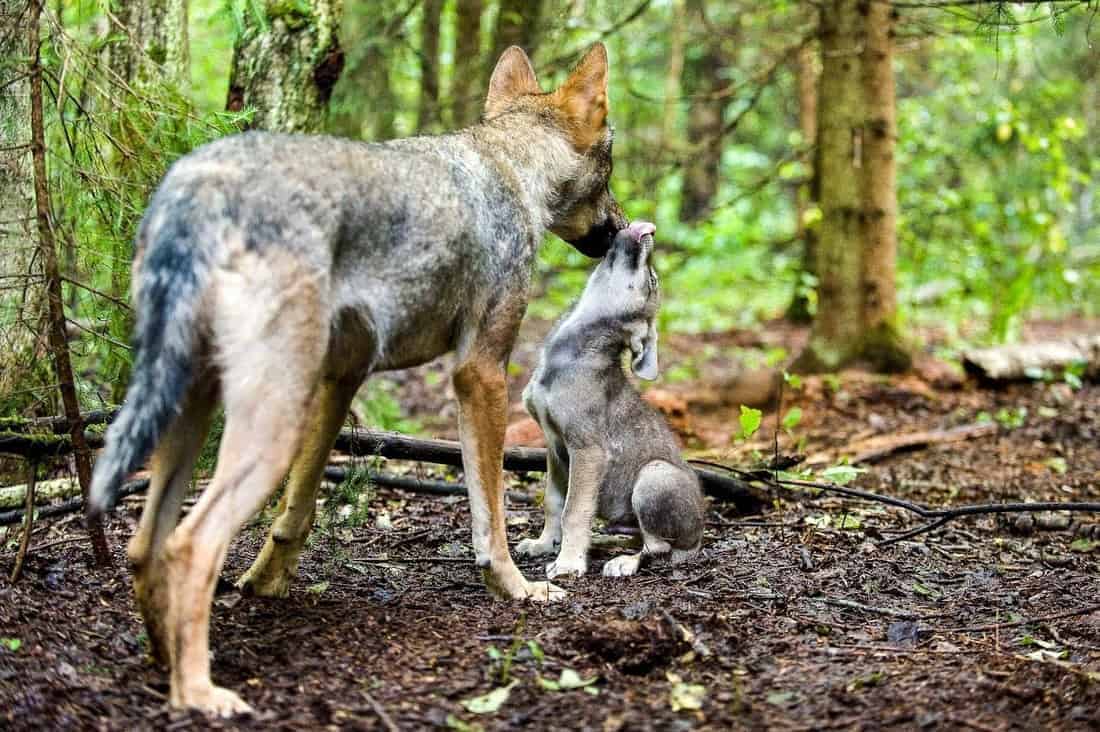
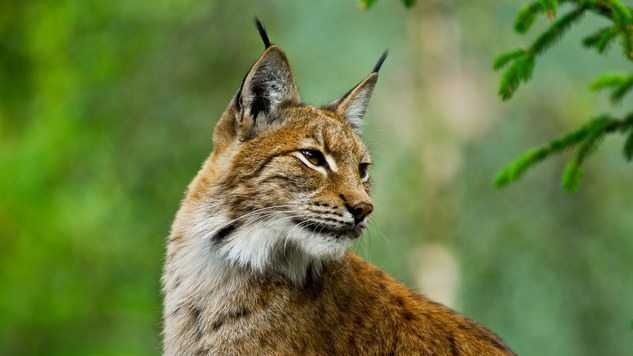
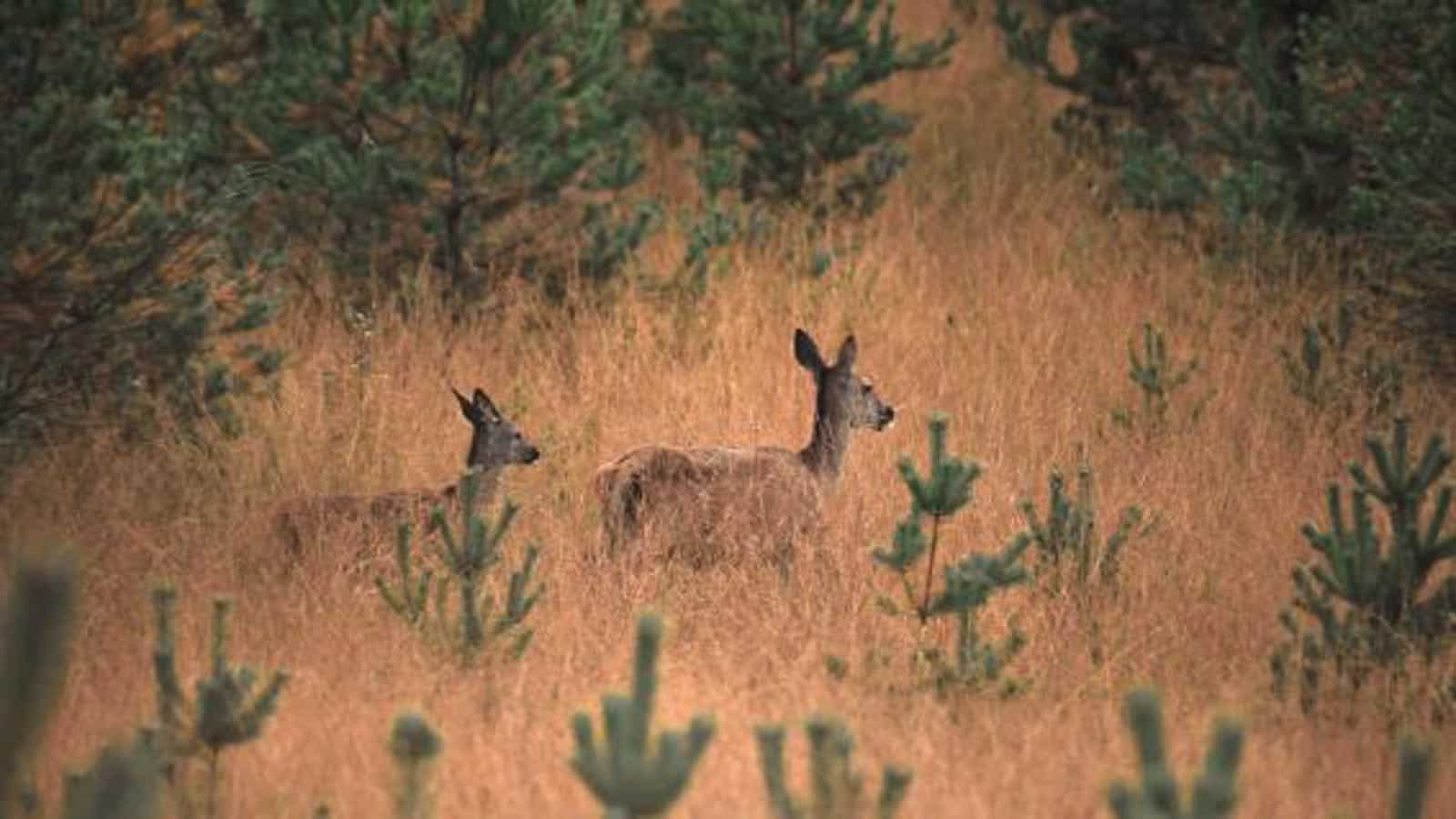
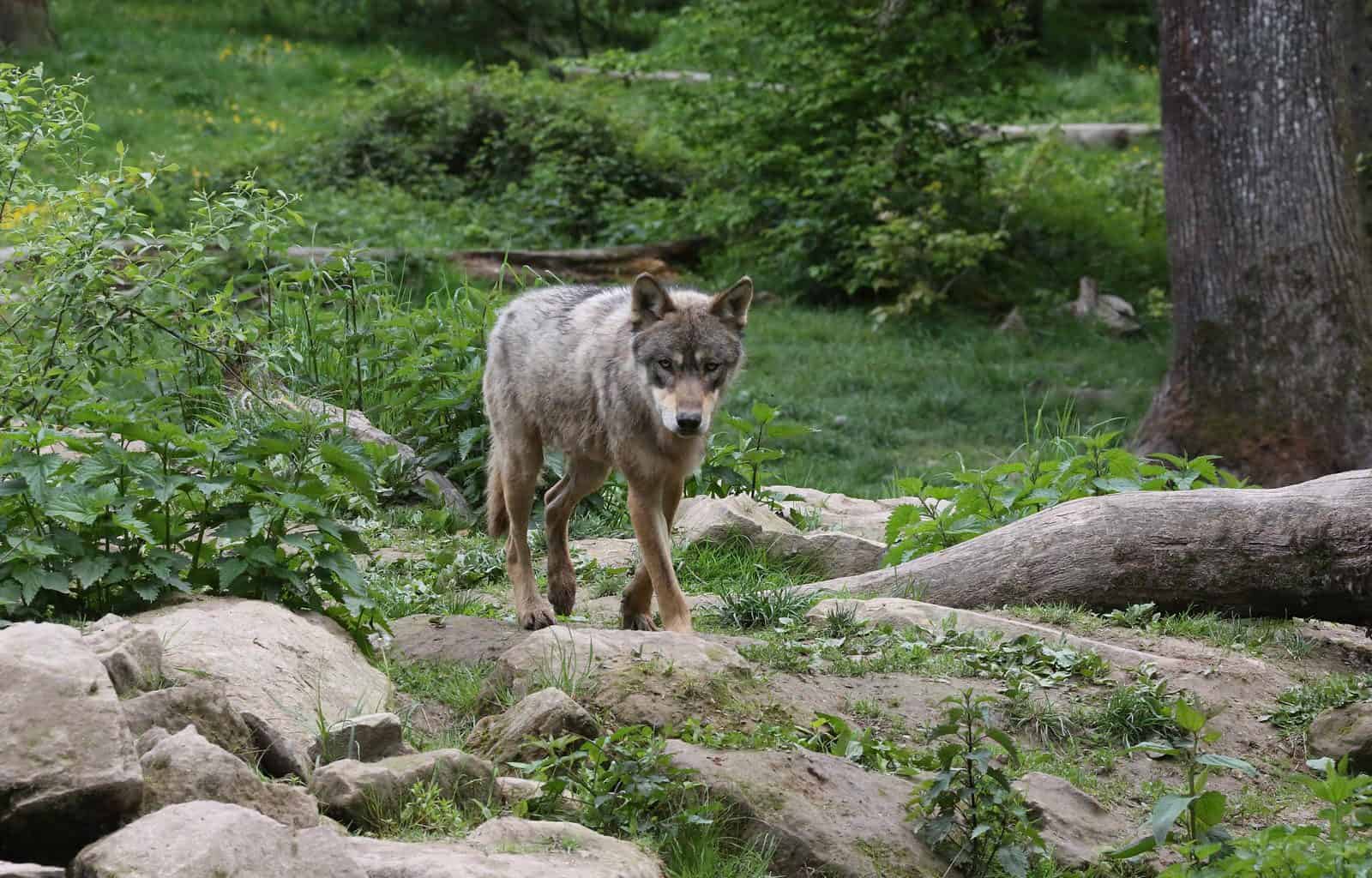

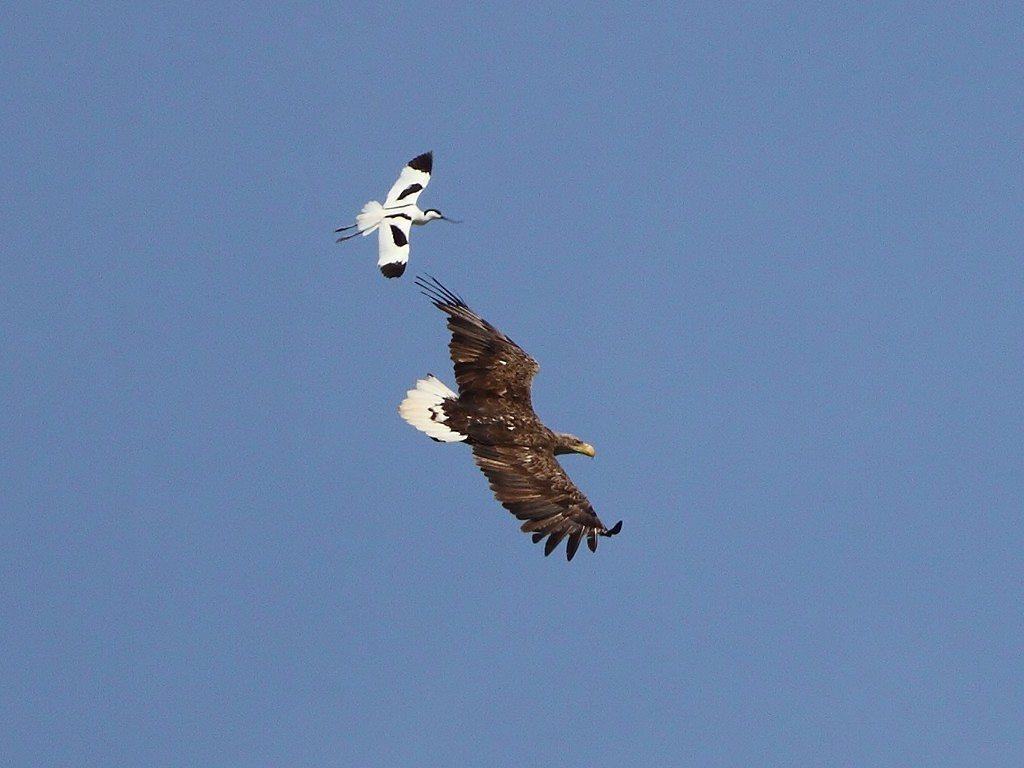
Dear Mark,
thank you for the feedback! I cleared up some issues you mentioned in the article. We should indeed not call the project in England ‘reintroduction’ as this species was never native to Great Britain. Unfortunately, most bisons in Western Europe are condemned to live as zoo and park animals. If we are serious to give these beautiful animals their wild home back, we have to move from small groups behind fences to real wild herds.
A timely article on bison and the need to have a coherent approach to their continental reinstatment. However, you have combined the known distributions of the extinct long-horned steppe bison (B. priscus) and which did have a presence in SE England in the Pleistocene, and across Europe, but was extinct by the Holocene, with the European bison (B. bonasus) that while it had a presence in continental Europe in the Holocene, did not have a presence in England. Moreover, confining bison behind a fence in Kent in SE England is not a reintroduction, which would entail their release to free living.
The hyperbole rumbling from that project in Kent for bison to smash up woodland in a fenced off area in the Blean Woods is playing to the gallery of fashionable safari park rewilding, but fundamentally it is no different than conservation grazing – using domestic livestock as a tool for species gardening, just like mainstream nature conservation in Britain. That bison are not a domesticated animal should ring warning bells about this hyperbole – fencing these animals merely creates an open-air zoo that cuts across the animal’s life history, its habitat selection, movement ecology and home range. It’s not a reintroduction when it is behind a fence, in the same way that so many beaver trapped from the wild and then enslaved behind fences in England to be used as tools in safari park rewilding are also not a reintroduction. They too are not a domesticated species, and thus are also denied their life history.
While there is no contention about beaver being a former native species to Briatin, and thus demanding of reinstatement to FREE living, I see no evidence that European bison were a former native species here, and thus any rhetoric about reintroduction is also false when seeking to set them free would be a translocation OUTSIDE of their natural range. There has been the usual self-justification of observing the impact of the bison so that it can be argued that the legislation needs changing, but currently introducing “animals which are not ordinarily resident in and are not regular visitors to Great Britain in a wild state” (s14 Wildlife and Countryside Act 1981) would require a licence application to Natural England (s16 Wildlife and Countryside Act 1981). The hyperbole says that they would be a substitution for the extinct aurochs, allegedly as a conservation translocation, an Ecological Replacement, but to be considered for that, there would have to be a close equivalence in ecological function. However, dietary isotope studies on fossilised bones show that bison and aurochs differed in their diet and habitat selection.